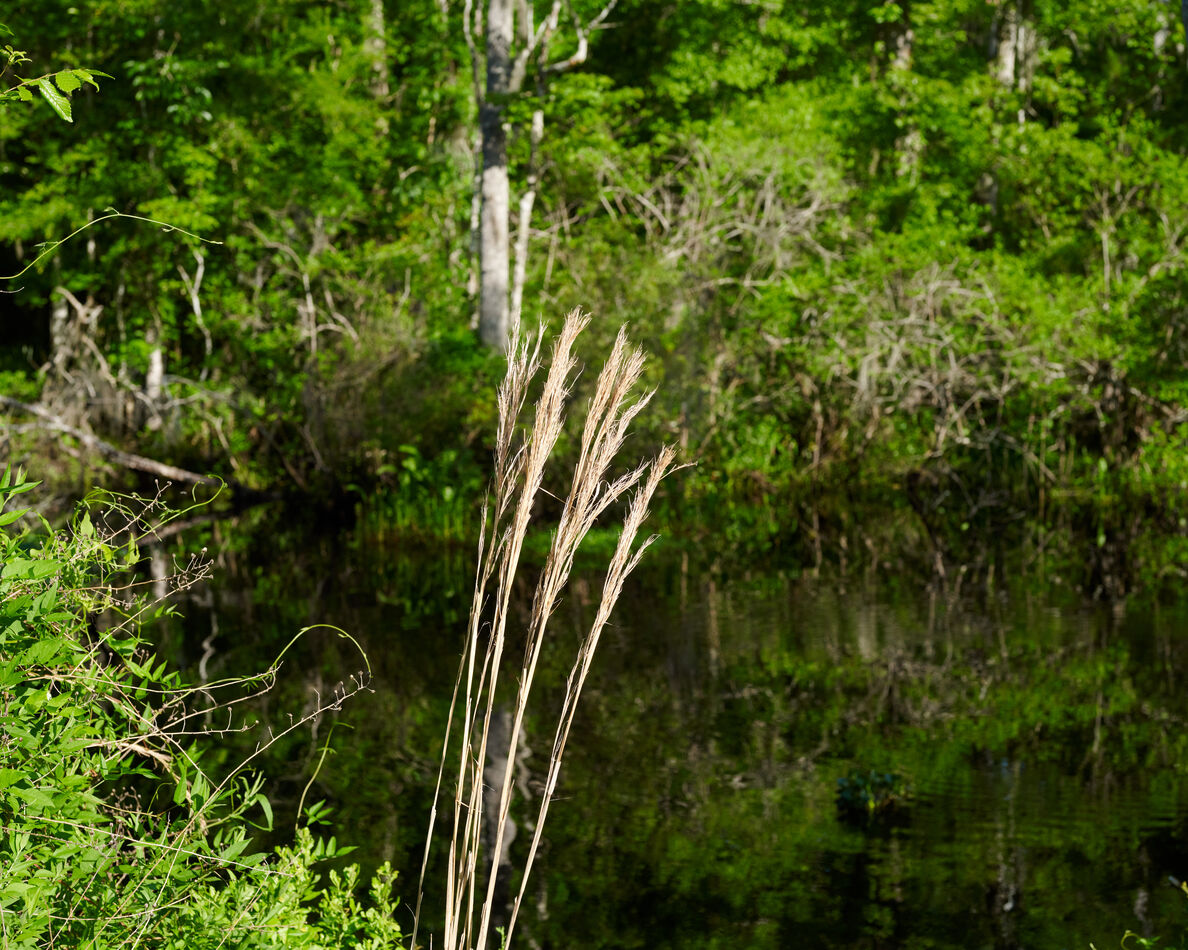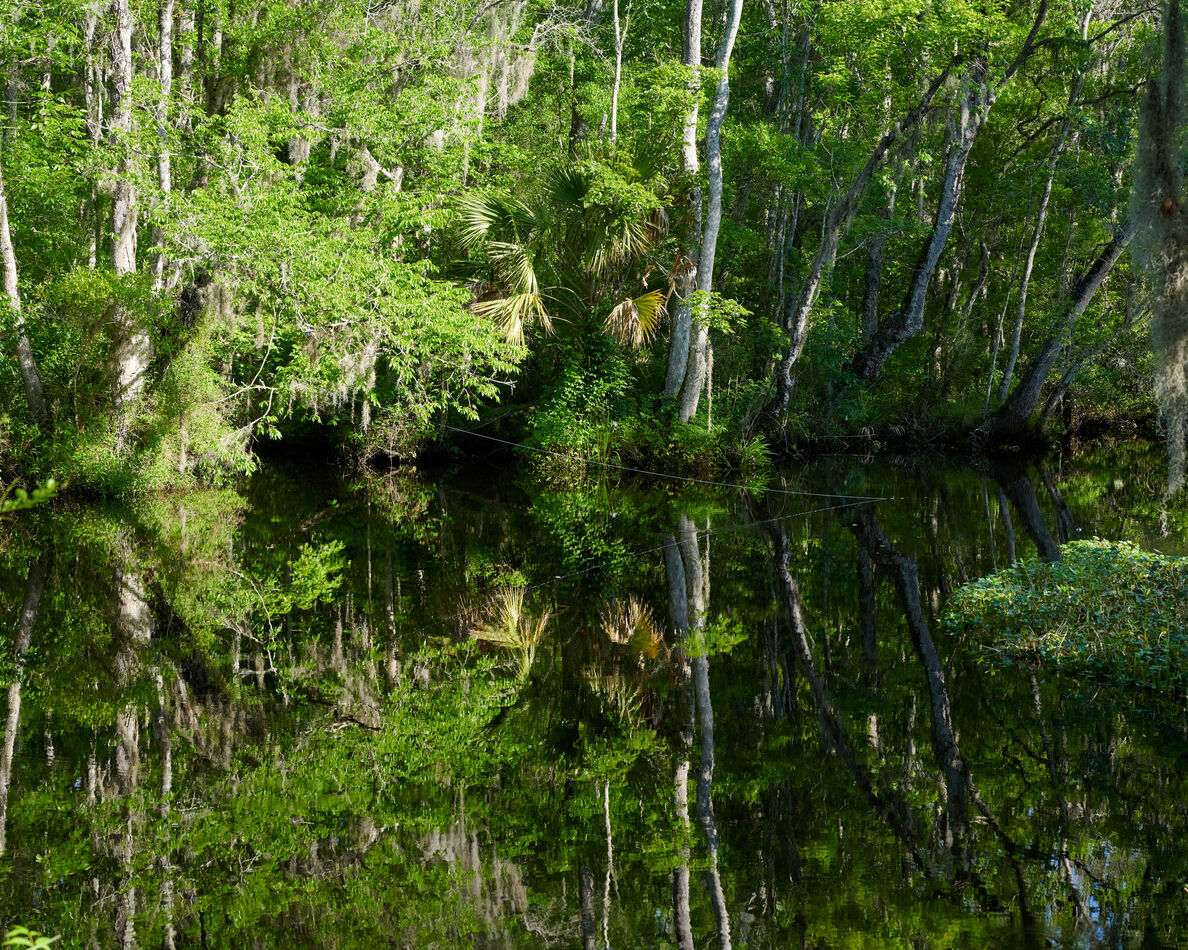Posts for: selmslie
May 1, 2024 00:07:06 #
Ysarex wrote:
Big pile of BS, and you remain wrong. I wanted the foreground and background in focus. Understanding how DOF distributes in front of and behind the focus plane helped me do that. I knew nearly all of the DOF would be behind the focus point.
That's the final proof that you don't understand DOF!!
You can't get the foreground and background "in focus". Only someone ignorant of the subject would make that statement.
There is only one plane of focus. Depending on the lens design, that plane might not even be flat.
Everything closer to or further from the camera is out of focus and gradually gets worse until you notice it. That's why it gets worse as you crop and enlarge the image.
Go to the back of the class.


Apr 30, 2024 20:55:45 #
Ysarex wrote:
Wrong as usual: https://www.uglyhedgehog.com/t-805958-4.html#14593833
You didn't post the images, just a link to a bunch of other links. That means that almost nobody would take the trouble to look at them and nobody would learn anything from them.
Just looking at the first two, with a hyperfocal distance (HD) between 14 and 15 meters, you could have focused anywhere beyond 16 meters and gotten the far limit of infinity within the DOF because the DOF is theoretically infinite. That's really simple and it's what an amateur could have done with a film camera and the markings on any of the old manual focus lenses that lead you to HD.
Doing that, you would still end up with the same mediocre snaps that anyone who used hyperfocal distance focusing believed would produce a "sharp" image from HD/2 to infinity. But they soon found out they were wrong when they started to print one of those images.
Experience will tell you that you can't get something for nothing. By relying on hyperfocal distance you overlook the sad fact that your image will not be sharp from HD/2 to infinity. What usually happens is that the most distant parts of the scene are so close to the DOF limit that you can't make a large print without revealing a pretty soft image in the distance, as you have shown.
No matter what you say about whether there is more DOF beyond the focus distance, it's not a reliable bit of knowledge. You are better off focusing on what's important and that may well be far past the HD.
And if you really want to talk about DOF, you need to include examples where the background is deliberately out of focus.
Apr 30, 2024 17:51:28 #
CHG_CANON wrote:
Why are you casually intermingling pixels with bit-depth with colorspace? I usually ignore your 20-page back n forth with other members on technical details. I'm starting to see why they get that long ....
They are pure B&W tonal values. Colorspace has nothing to do with it.
Maybe now you can see why the back and forth goes on until the penny drops.
Apr 30, 2024 17:44:19 #
CHG_CANON wrote:
It's hard to understand the workflow, which might be the root-cause of the issue.
The TIFF was created by placing a gradient from 0 to 65535 (black to white) on a blank sheet using Picture Window Pro v7.
Since the base image is not 65,536 pixels wide, the separation in TIFF values is about 33 units per pixel.
The TIFF was saved and then converted into a JPEG with values from 0 to 255. Since the image is a lot more than 256 pixels wide, each value covers a band with a finite width in pixels, about 8 pixels per JPEG value.
The banding is visible because a one unit change in JPEG value is sharpened by our visual perception, an optical illusion.
C1 had nothing to do with it. Neither image was touched after being created.
Apr 30, 2024 16:51:48 #
Ysarex wrote:
And of course the important thing is I did post other examples.
Not on this thread.
Ysarex wrote:
Did precisely the same thing as the grass/lake photo here:
https://www.uglyhedgehog.com/t-805030-1.html
An understanding of how DOF distributes around the focus plane helped me take the photos and get the result I wanted.
https://www.uglyhedgehog.com/t-805030-1.html
An understanding of how DOF distributes around the focus plane helped me take the photos and get the result I wanted.
Posting a condensed version of an image does not illustrate DOF.
Posting a full version of an image does a better job.
These two images may not be earth shatteringly beautiful but at least they are on-topic and their sharpness does not make me look like a fool.
Apr 30, 2024 16:32:12 #
MJPerini wrote:
RG has this correct, Best practice for critical work is to to shoot RAW and keep the greatest bit depth and gamut (color space) for as long as possible while editing. (This helps avoid banding)Then output a file appropriate to the intended use. ...
The optimal approach is to do all of the editing during the raw file conversion using parameter driven edits to achieve an end product.
Lightroom and Capture One do this naturally. They let you redo or remove edits without having to go back and repeat anything.
My editing ends once I export from C1 although some might want to do some additional things that C1 and Lightroom can't handle.
Apr 30, 2024 16:13:30 #
profbowman wrote:
Yes, you have given us a good calculation to remember. I do remember reading somewhere about a dpi requirement of 600 being stated. ...
Early black ink dot-matrix and laser printers used 600dpi as the standard to produce text that was as good or better than what you could get from ordinary typewriters. Teletypes and other machines for typing text from computers were much more crude.
Although 600dpi was better than 300dpi for text, it was not good enough for printing gray scale images. It didn't work for color images.
Apr 30, 2024 14:19:35 #
Bridges wrote:
It may be just my imagining, but to me the Tiff image looks a little blacker on the one end and the transition from black to white is a little smoother.
The TIFF came first and the JPEG was made from it.
Unless you have a 10-bit display, both should look the same on the screen but different in a print.
Apr 30, 2024 13:34:38 #
SuperflyTNT wrote:
Maybe, with a RIP, but Epson won’t confirm that it actually does 16 bit.
If it couldn’t handle 16-bit TIFF it wouldn’t let you print it.
Apr 30, 2024 12:56:24 #
SuperflyTNT wrote:
Your print server also plays a part. If you’re using windows the drivers only support 8 bits. Mac can do 16, I dunno about Linux.
Windows can do 16 also (Epson).
Apr 30, 2024 12:35:57 #
Ysarex wrote:
Ah yes, degenerating to juvenile insults; always your answer when you're proven wrong again.
It is just an objective appraisal of those images.
If you can’t handle critique, post something better.
Apr 30, 2024 12:32:40 #
bwana wrote:
I don't see any banding in either Download example.
bwa
bwa
I can see it on a 2k and 4k monitor because both are calibrated 8-bit displays when I look closely.
Apr 30, 2024 12:28:21 #
CHG_CANON wrote:
For breakfast I had the final three home-made sour... (show quote)
It’s not as likely to be an issue with a color image.
I can export a B&W 24MP image at 137mb RGB and convert it from 48-bit to 16-bit TIFF at 46mb.
Apr 30, 2024 11:46:50 #
CHG_CANON wrote:
Alas, mixing pixel resolution and uncompressed data in a 16-bit TIFF format is unproductive (i.e., even less useful to a technical discussion ....)
That makes no sense. The export from C1 does it very quickly.
Apr 30, 2024 11:41:22 #
CHG_CANON wrote:
Useless? yep.
1, Where are you going to find someone online to receive and print your ENORMOUS 16-bit TIFF?
2, Didn't you shoot in RAW and edit in that native RAW format with a qualified digital editor? The sRGB export to JPEG properly mapped all those colors with no color banding; hence, no issue.
1, Where are you going to find someone online to receive and print your ENORMOUS 16-bit TIFF?
2, Didn't you shoot in RAW and edit in that native RAW format with a qualified digital editor? The sRGB export to JPEG properly mapped all those colors with no color banding; hence, no issue.
The colors aren't the issue. It's the banding, even when developed from a raw file. It's more noticeable when the image has no colors at all.
As I said in the first post, we very rarely need to export to 16-bit TIFF but it's an option if you are making your own prints and can print them large.
I don't necessarily need an enormous TIFF. If I downsize it to 6000x4000 the file is big but not excessive and 24MP is more than enough to make an image at any size.
Another option is to convert the B&W 48-bit TIFF to a 16-bit TIFF. That reduces the file size to about 1/3 of the original.


